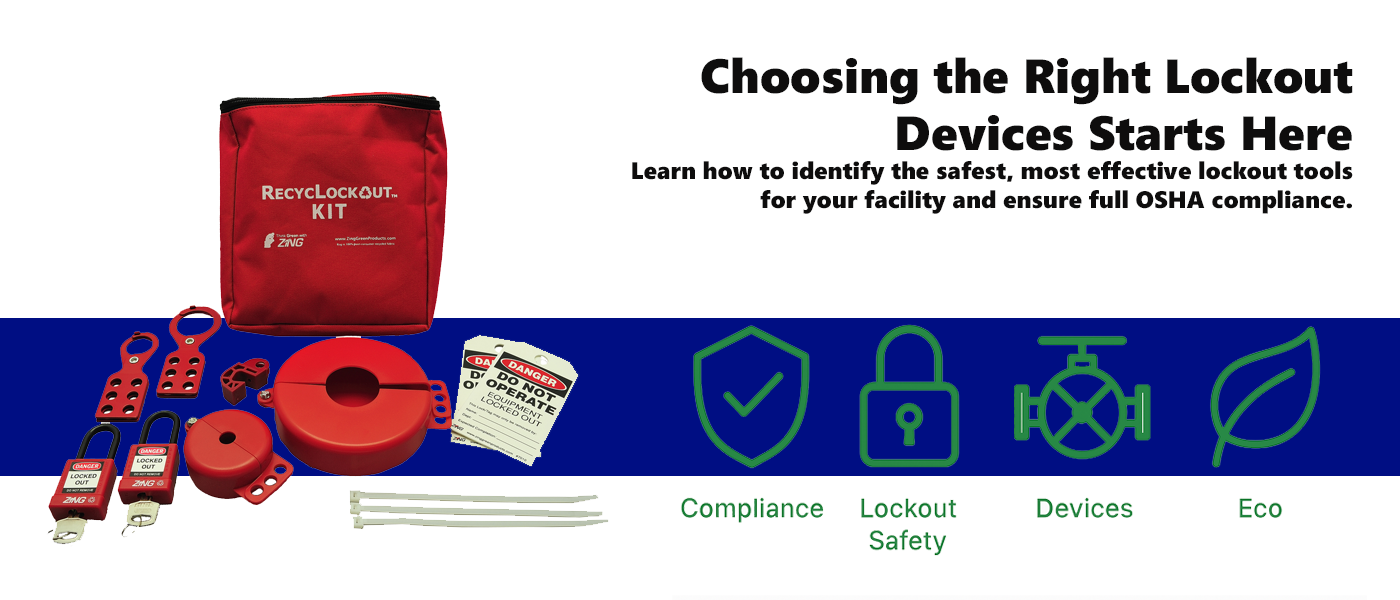Buying Lockout Devices: What You Need to Know
Jun 26th 2017
Lockout Device Guide Lockout devices—typically used with padlocks—prevent accidental startup or energization of machines and equipment. This guide highlights the most common device types and helps you identify what you need for a safer, OSHA-compliant workplace.
Choosing Devices
Many lockout devices are machine-specific, and every workplace is different. A successful program is tailored to your environment. Start by listing all potentially hazardous energy sources across your facility. If you already have devices in place, test them regularly to ensure they still function properly.
Create a simple checklist: equipment name, energy source(s), control point (switch/valve/plug), and the appropriate device type. Review it during audits.
Identifying Energy Sources
Common hazardous energy types include:
- Electrical energy — present in industrial equipment, outlets, and panels; risks include unwanted energization and electrical shock.
- Chemical energy — energy from reactions; hazards include extreme heat or explosions.
- Hydraulic & Pneumatic energy — stored in pressurized liquids and air; residual pressure may remain even after valves are locked out.
- Mechanical energy — stored in springs, counterweights, or tensioned systems that can release suddenly if not controlled.
Types of Lockout Devices
Hasps
Hasps isolate energy and allow multiple workers to apply padlocks, ensuring equipment cannot be re-energized until all locks are removed. Most hasps have 6+ holes; large-group options offer up to 24.
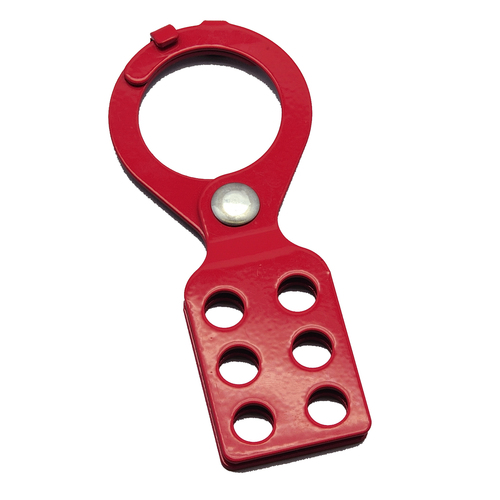
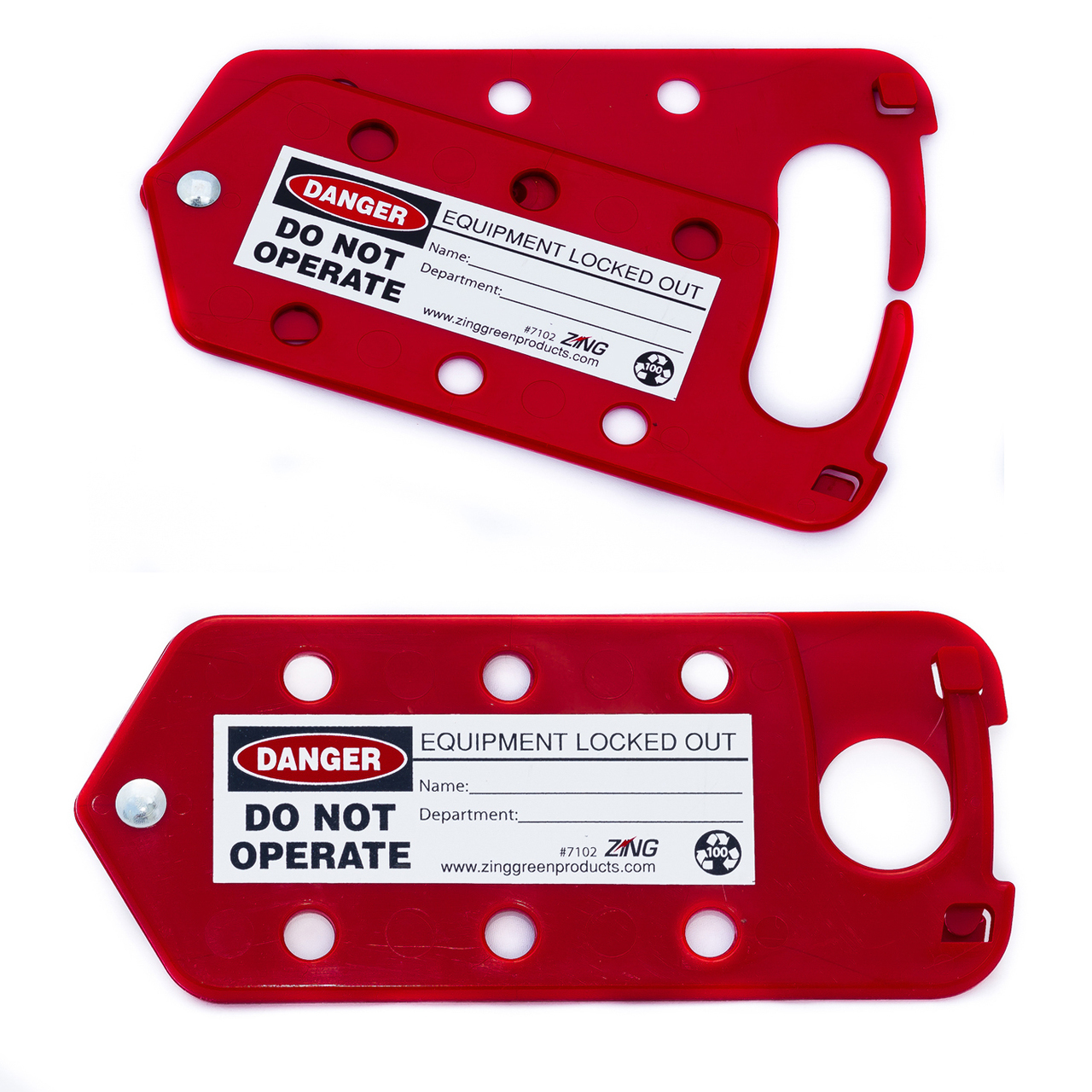
Plug Lockouts
Plug lockouts fully enclose plug prongs to prevent insertion into power sources. Choose a size that completely covers the plug and secures tightly once locked.
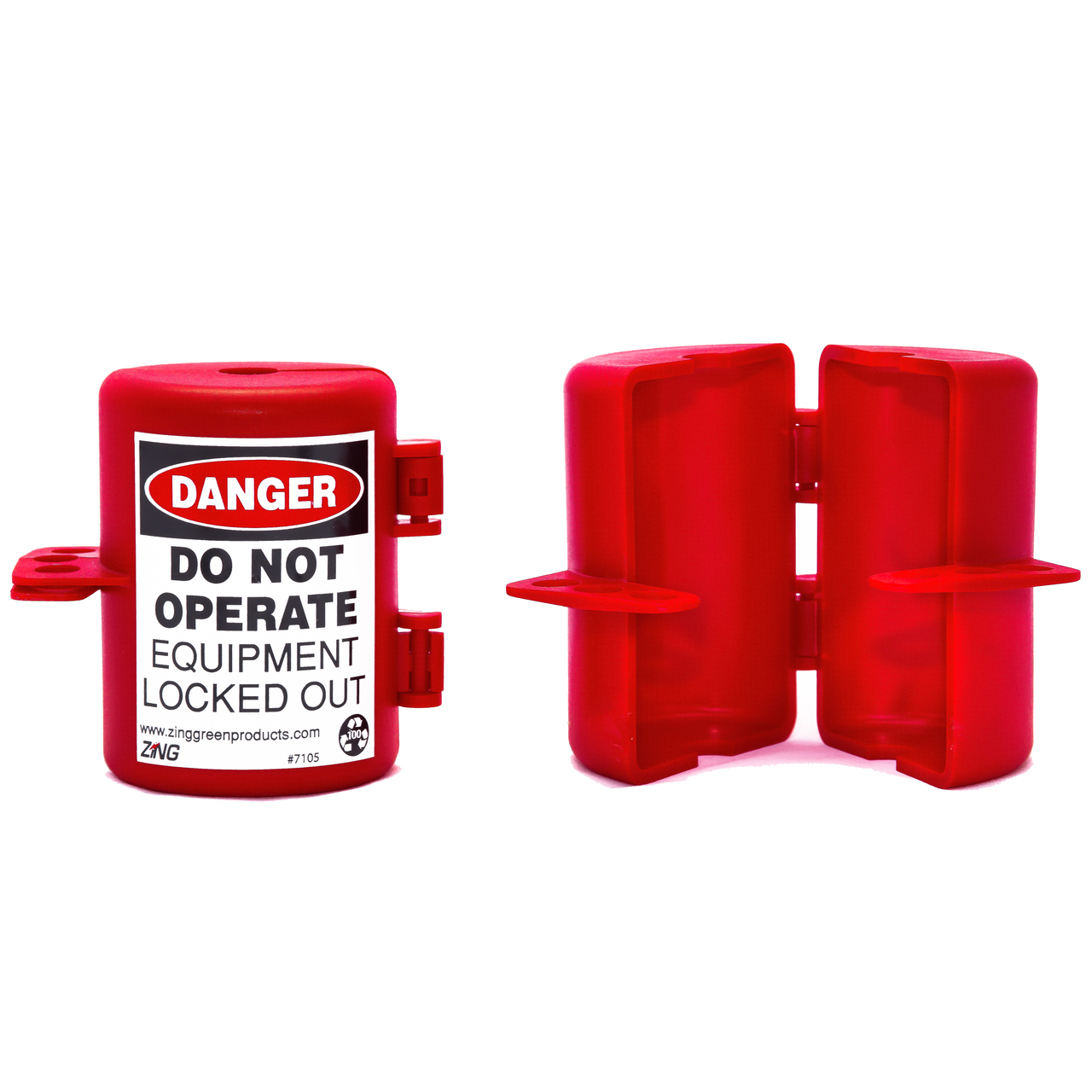
Circuit Breaker Lockouts
These devices lock breakers in the OFF position. Many snap or clamp in place—ensure the switch is fully immobilized while applied.
Valve Lockouts
Prevent valve-operated machinery from being energized. Common types include gate, ball, and butterfly valve lockouts.
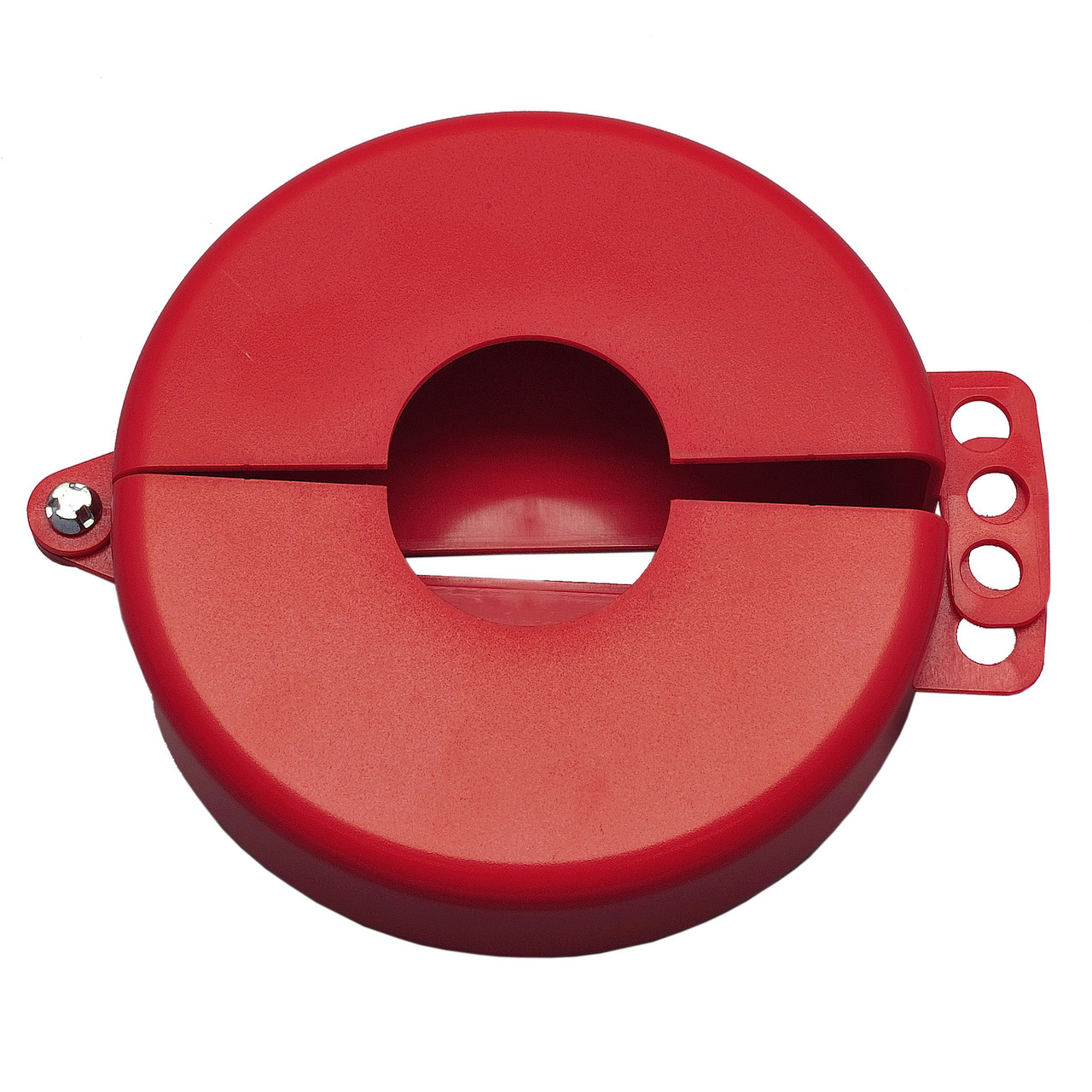
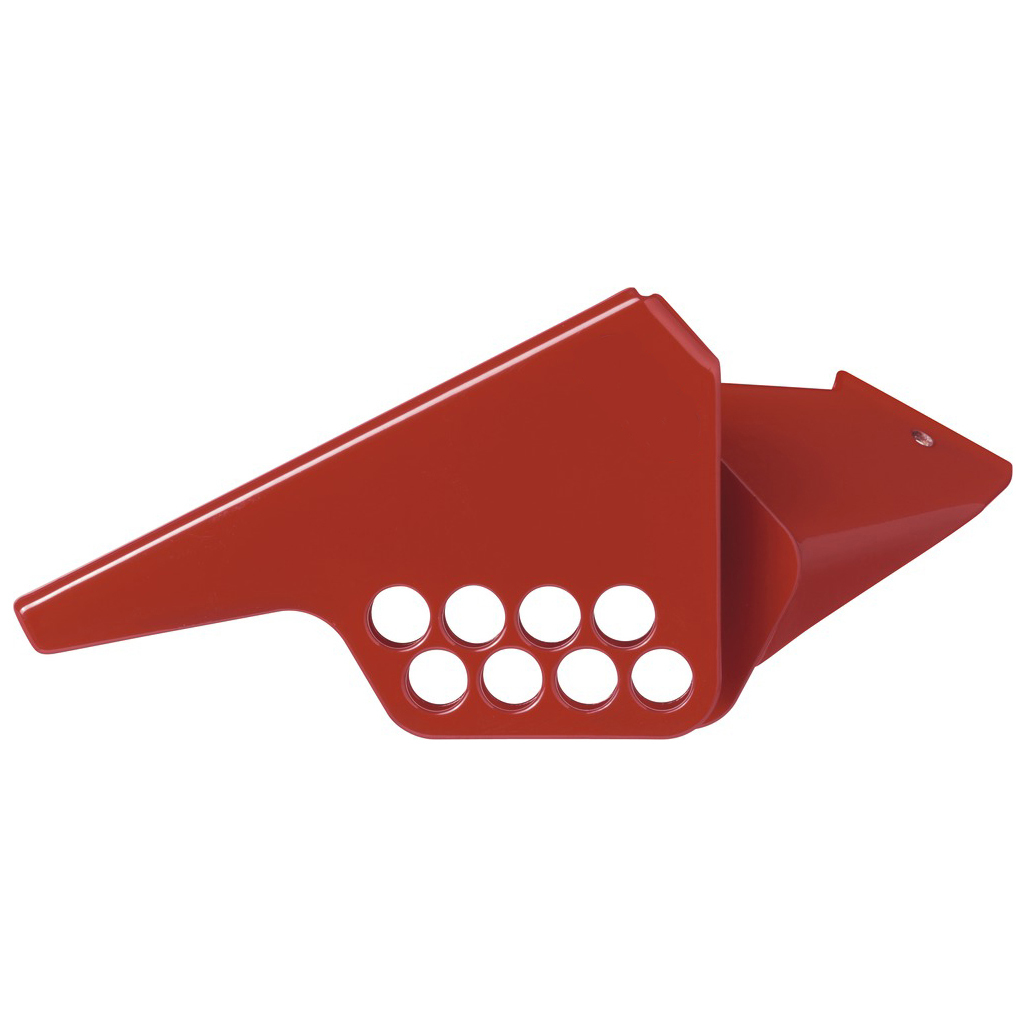
Push Button Lockouts
Used on control panels and machines to prevent buttons from being pressed. Bases can be mounted permanently, with removable covers.
Cable Lockouts
Great for hard-to-secure points or when conventional devices don’t fit. A cable cinches around a handle/switch and is locked with a padlock.
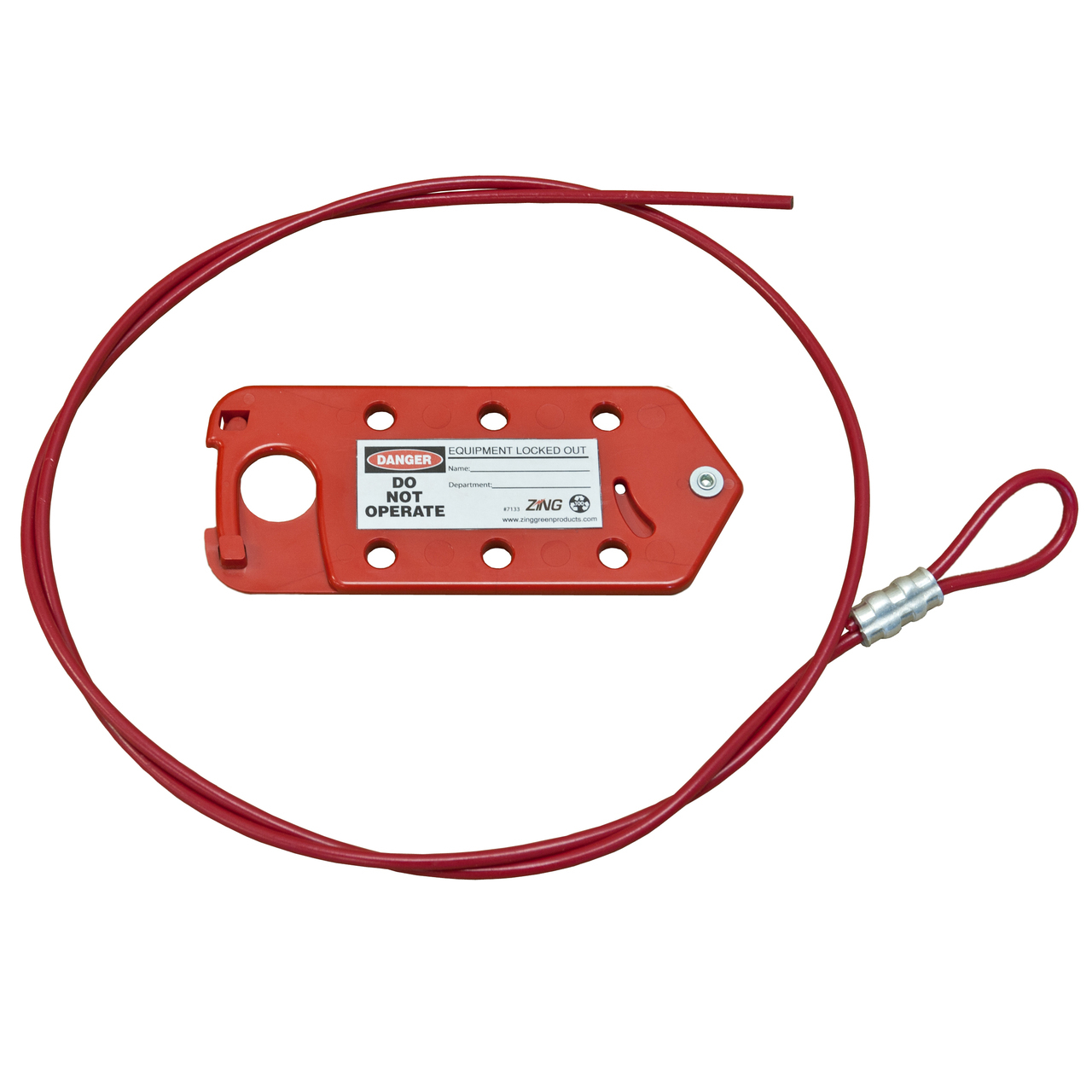
Stations & Kits
Stations centralize lockout devices for easier access, while portable kits let workers carry devices to multiple sites.

Devices only work when used correctly. Choose solutions your teams are comfortable with, and align your program to both your workplace and your workforce.
General Requirements
Lockout devices must be tested and meet OSHA requirements. Ensure devices withstand workplace conditions, are standardized by color, shape, or size, and identify the employee who applied them.
For more information, see OSHA Standard 1910.147.

